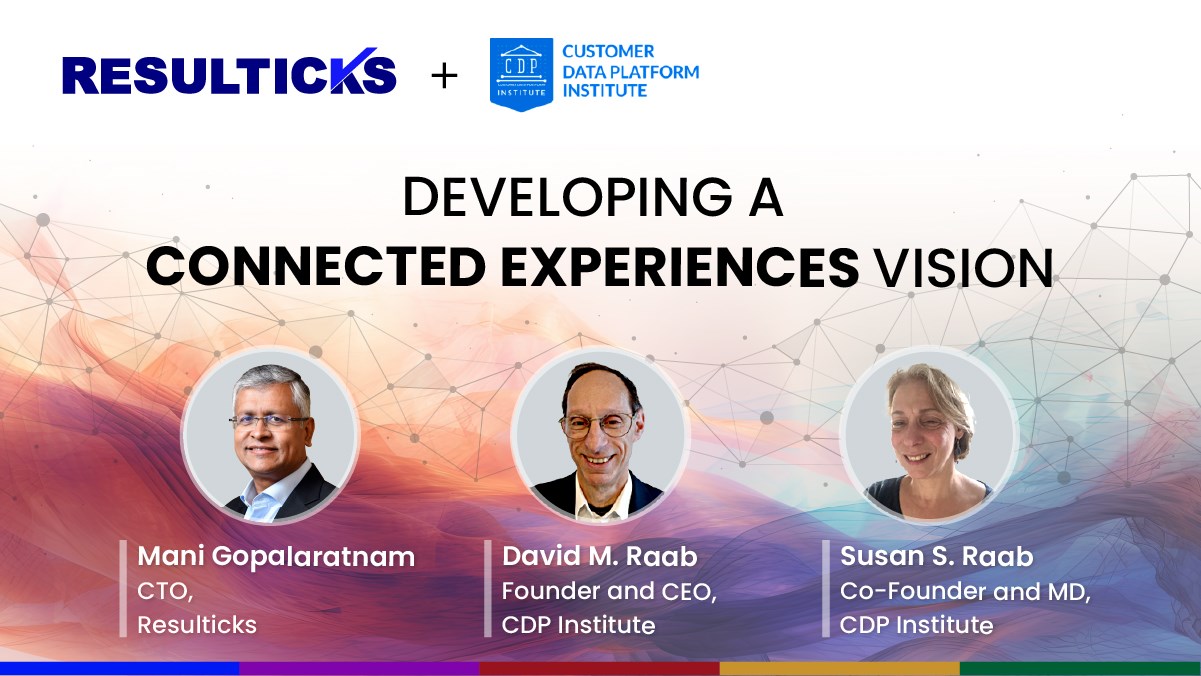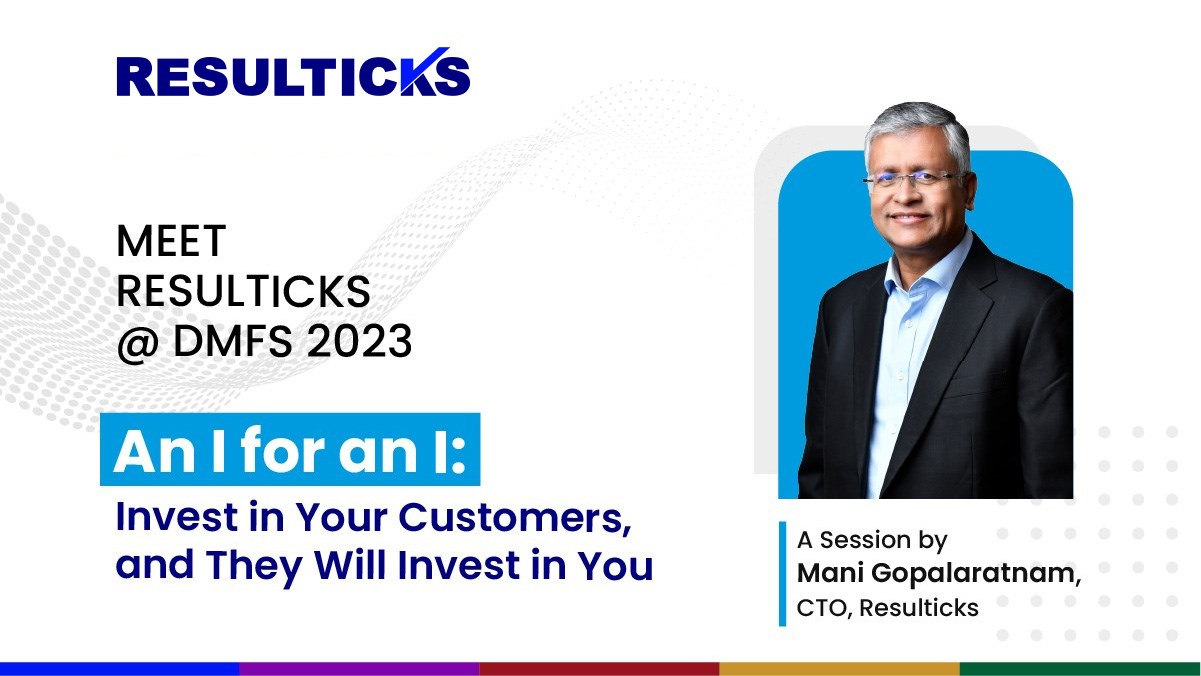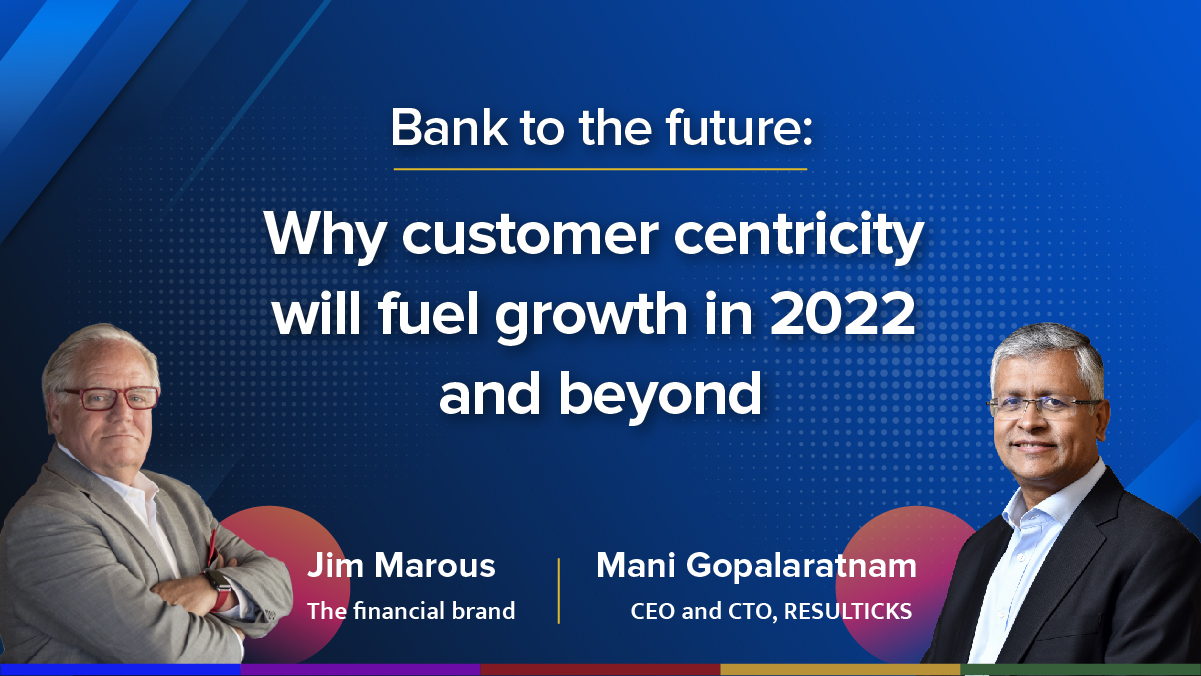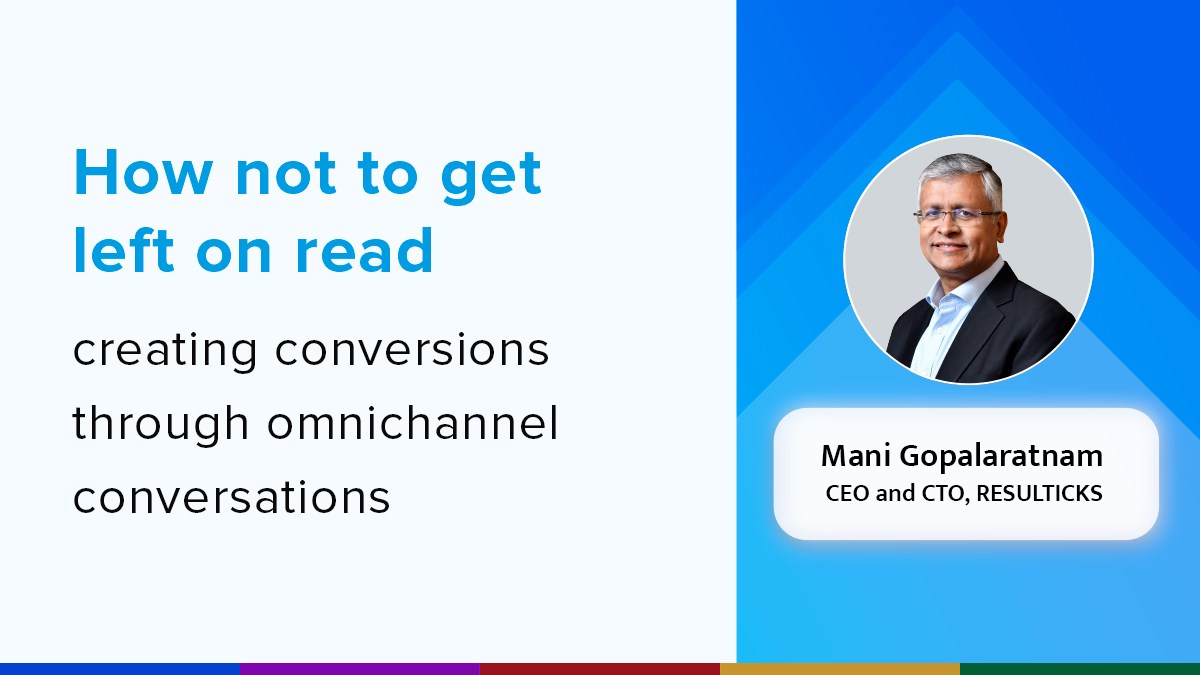Young professionals, which often consist of Millennials and some Gen Zers, have financial expectations that differ greatly from those of their older counterparts. This often translates to a demand for greater technological flexibility and more seamless online experiences—achievable only through extensive, committed digital transformation.
Many banks are headed the right way.
For example, Beth Johnson, Chief Experience Officer at Citizens Bank, has expressed the company’s intention to not only move away from legacy architecture and thinking but work with technology partners to enhance their digital capacities. At Tearsheet’s inaugural Challengers Conference in 2020, Johnson highlighted their freedom from legacy technology has allowed Neobanks—banks that operate exclusively online without physical presence—to drive innovation much more successfully.
It is no surprise that Neobanks, fintech disruptors, and innovative payment providers have been steadily gaining market share. However, more established banks still have the upper hand, given the influence parents have over the early financial decisions of Millennials and Gen Zers. Moreover, even as older generations have begun to embrace digital in the midst of the pandemic, they still value the assurance from physical interactions at a bank.
To effectively target young professionals, however, established banks need to do more, because the landscape is changing rapidly. This blog takes a look at some strategies for doing just that.
Physical branches still matter, but they need to evolve
While many assumed that younger generations placed little importance in making physical trips to the bank, statistics pointed to the contrary.
According to a 2019 Jefferies retail banking survey, nearly 75% of those between the ages of 18 and 34 years old visited the bank once a month, and cited the proximity of an ATM or branch as a first priority above digital/mobile capability. Having bank tellers present to assist in opening their first bank account, or switching accounts was not only helpful but provided reassurance in a way that digital channels could not.
To be sure, COVID-19 has almost altered everything. It remains to be seen just how much younger professionals’ attitudes towards physical branches have changed—and whether the shifts are permanent. Will physical branches become a last resort of sorts for them—some place they can visit, in frustration, for banking services when digital touch points fail them?
Physical branches do carry a greater sense of personal connection, which many value, but that is only the case for now.
There have been numerous effective attempts across the global banking world to incorporate, or replicate, that personal touch in digital channels. In addition, with the greater speed and ease of service that digital experiences afford, there is no reason to reject the likelihood that younger consumers will come to view physical branches even more unfavorably.
The consequence of all these behavior shifts being accelerated by social distancing is that physical branches will have to change. Established banks might shut down or downsize certain branches to optimize costs. The physical branch itself will also have to be reimagined—in terms of what role it should play, what experience it should deliver, and what technology will be required to power the evolution.
The work of “reimagining” could encompass many things. There is the urgent introduction of contactless experiences as well as new channels like IoT devices, QR codes, and beacons. Banks also need to build the infrastructure and tech backbone for delivering omnichannel customer journeys.
Can they recognize the younger customer at any channel and time? Can they provide a seamless online-offline experience informed by insights captured during the socially distant period when things are back to “normal?” How can they further integrate mobile into it all? Digitally transforming the physical branch will be an ongoing effort, potentially filled with trials and errors. Similar to the retail industry’s efforts to digitize brick-and-mortar, however, this endeavor can open up new opportunities for attaining growth, deeper engagement, and longer-term customer loyalty.
Get your digital services together
Millennials and Gen Zers are a lot less tolerant when it comes to glitchy, fragmented, and slow tech experiences.
According to a Javelin and Jumio study, 47 percent of Millennials abandon mobile banking activities due to reasons like slow loading and difficulty in completing transactions. Since the group is 2.5 times more likely to switch banks than older generations, retaining them necessitates the building of continuous, contextual customer experience across digital channels.
This is where Neobanks are able to leverage their strength of innovative technology. Their tech-centered approach resonate with the habits and preferences of the younger generation. They also appeal to the desire for fuss-free experiences of Millennials and Gen Zers by taking care of everything from bill payments, expense tracking to money transfers and loan applications through a mobile app.
To compete, established banks need to develop a mobile app experience enabled by omnichannel marketing automation capable of unifying, enriching, and activating data continuously gathered across its channels and systems. Together with a strong AI foundation, this will enable a seamless online customer journey, one that is always personalized and optimized for marketing impact on the younger audience base.
Everyone likes a good deal
Millennials and Gen Zers are definitely drawn to the convenience that digital provides, but they also struggle financially, often burdened with loans. It makes sense that they are always looking for a good deal. According to a Kasasa survey, 83 percent of Millennials are willing to switch banks for better rewards and zero-fee banking.
Neobanks are often more poised to deliver such deals, simply because they do not have to worry about the overhead costs of physical branches. Furthermore, many have one of the best annual percentage yield (APY). Leading players such as Chime offers a 0.50% APY, while Varo Money provides almost 2.80% for debit card users who meet certain direct deposit amount requirements.
Regardless of age, consumers are always looking for the best bang for their buck. They are ready for digital convenience and financial savings. Digital transformation, done successfully, allows established banks to lower their overhead costs, streamline their customer experience, and pass on the cost savings to consumers to build lasting relationships.
For more information on how to take your digital transformation a step further, speak to us at [email protected]

















